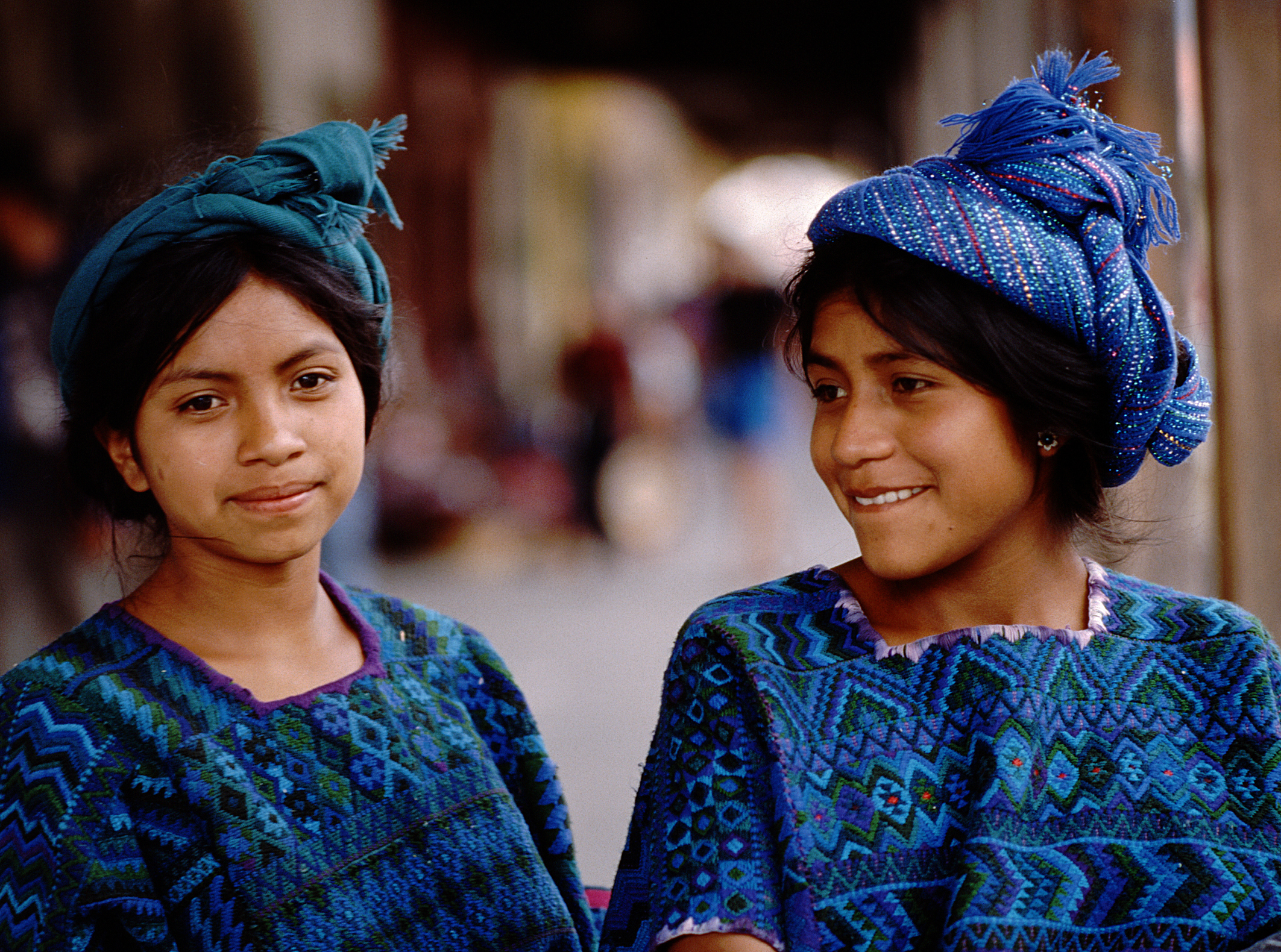|
National Institute Of Statistics (Guatemala)
The National Statistics Institute of Guatemala ( es, Instituto Nacional de Estadística de Guatemala, INE) is the statistics agency of the Government of Guatemala Politics of Guatemala takes place in a framework of a presidential system, presidential representative democracy, representative democratic republic, where by the President of Guatemala is both head of state, head of government, and of a multi-pa .... It has responsibility to collect, prepare, and publish official statistics. INE runs the population census and issues statistics on employment, price levels, poverty rates, and other standard national statistics. INE will conduct a population census of Guatemala in July and August 2018, the twelfth such census. INE publishes monthly consumer price index (CPI) statistics. Annual consumer price inflation was estimated at 4-5% in 2016. INE publishes general agriculture, health, and environmental statistics. [...More Info...] [...Related Items...] OR: [Wikipedia] [Google] [Baidu] |
Government Of Guatemala
Politics of Guatemala takes place in a framework of a presidential system, presidential representative democracy, representative democratic republic, where by the President of Guatemala is both head of state, head of government, and of a multi-party system. Executive power is exercised by the government. Legislative power is vested in both the Forms of government, government and the Congress of the Republic of Guatemala, Congress of the Republic. The judiciary is independent of the executive and the legislature. Guatemala is a Constitutional Republic. Constitution of Guatemala, Guatemala's 1985 Constitution provides for a separation of powers among the executive, legislative, and judicial branches of government. Legislative branch The Congress of Guatemala, Congress of the Republic ''(Congreso de la República)'' has 158 members, elected for a four-year term, partially in departmental constituency, constituencies and partially by nationwide proportional representation. Judicia ... [...More Info...] [...Related Items...] OR: [Wikipedia] [Google] [Baidu] |
Guatemala City
Guatemala City ( es, Ciudad de Guatemala), known locally as Guatemala or Guate, is the capital and largest city of Guatemala, and the most populous urban area in Central America. The city is located in the south-central part of the country, nestled in a mountain valley called Valle de la Ermita ( en, Hermitage Valley). The city is the capital of the Municipality of Guatemala and of the Guatemala Department. Guatemala City is the site of the Mayan city of Kaminaljuyu, founded around 1500 BC. Following the Spanish conquest, a new town was established, and in 1776 it was made capital of the Kingdom of Guatemala. In 1821, Guatemala City was the scene of the declaration of independence of Central America from Spain, after which it became the capital of the newly established United Provinces of Central America (later the Federal Republic of Central America). In 1847, Guatemala declared itself an independent republic, with Guatemala City as its capital. The city was originally located ... [...More Info...] [...Related Items...] OR: [Wikipedia] [Google] [Baidu] |
Demographics Of Guatemala
This is a demography of the population of Guatemala including population density, ethnicity, education level, health of the populace, economic status, religious affiliations and other aspects of the population. According to the 2018 census, 43.56% of the population is Indigenous including 41.66% Mayan, 1.77% Xinca, and 0.13% Garifuna (Mixed African and indigenous). Approximately 56% of the population is "non-Indigenous", referring to the Mestizo population (people of mixed European and indigenous descent) and the people of European origin. These people are called Ladino in Guatemala. The population is divided almost evenly between rural and urban areas. About 65% of the population speak Spanish, with nearly all the rest speaking indigenous languages (there are 23 officially recognized indigenous languages). Population According to the total population estimate was in . The proportion of the population below the age of 15 in 2010 was 41.5%, 54.1% were aged between 15 a ... [...More Info...] [...Related Items...] OR: [Wikipedia] [Google] [Baidu] |
Economy Of Guatemala
The economy of Guatemala is a considered a developing economy, highly dependent on agriculture, particularly on traditional crops such as coffee, sugar, and bananas. Guatemala's GDP per capita is roughly one-third of Brazil's. The Guatemalan economy is the largest in Central America. It grew 3.3 percent on average from 2015 to 2018. However, Guatemala remains one of the poorest countries in Latin America and the Caribbean, having highly unequal incomes and chronically malnourished children. The country is beset by political insecurity, and lacks skilled workers and infrastructure. It depends on remittances for nearly one-tenth of the GDP. The 1996 peace accords ended the 36-years-long Guatemalan Civil War, and removed a major obstacle to foreign investment. Since then Guatemala has pursued important reforms and macroeconomic stabilization. On 1 July 2006, the Central American Free Trade Agreement (CAFTA) entered into force between the United States and Guatemala. It has since ... [...More Info...] [...Related Items...] OR: [Wikipedia] [Google] [Baidu] |
Government Agencies Established In 1985
A government is the system or group of people governing an organized community, generally a state. In the case of its broad associative definition, government normally consists of legislature, executive, and judiciary. Government is a means by which organizational policies are enforced, as well as a mechanism for determining policy. In many countries, the government has a kind of constitution, a statement of its governing principles and philosophy. While all types of organizations have governance, the term ''government'' is often used more specifically to refer to the approximately 200 independent national governments and subsidiary organizations. The major types of political systems in the modern era are democracies, monarchies, and authoritarian and totalitarian regimes. Historically prevalent forms of government include monarchy, aristocracy, timocracy, oligarchy, democracy, theocracy, and tyranny. These forms are not always mutually exclusive, and mixed govern ... [...More Info...] [...Related Items...] OR: [Wikipedia] [Google] [Baidu] |


